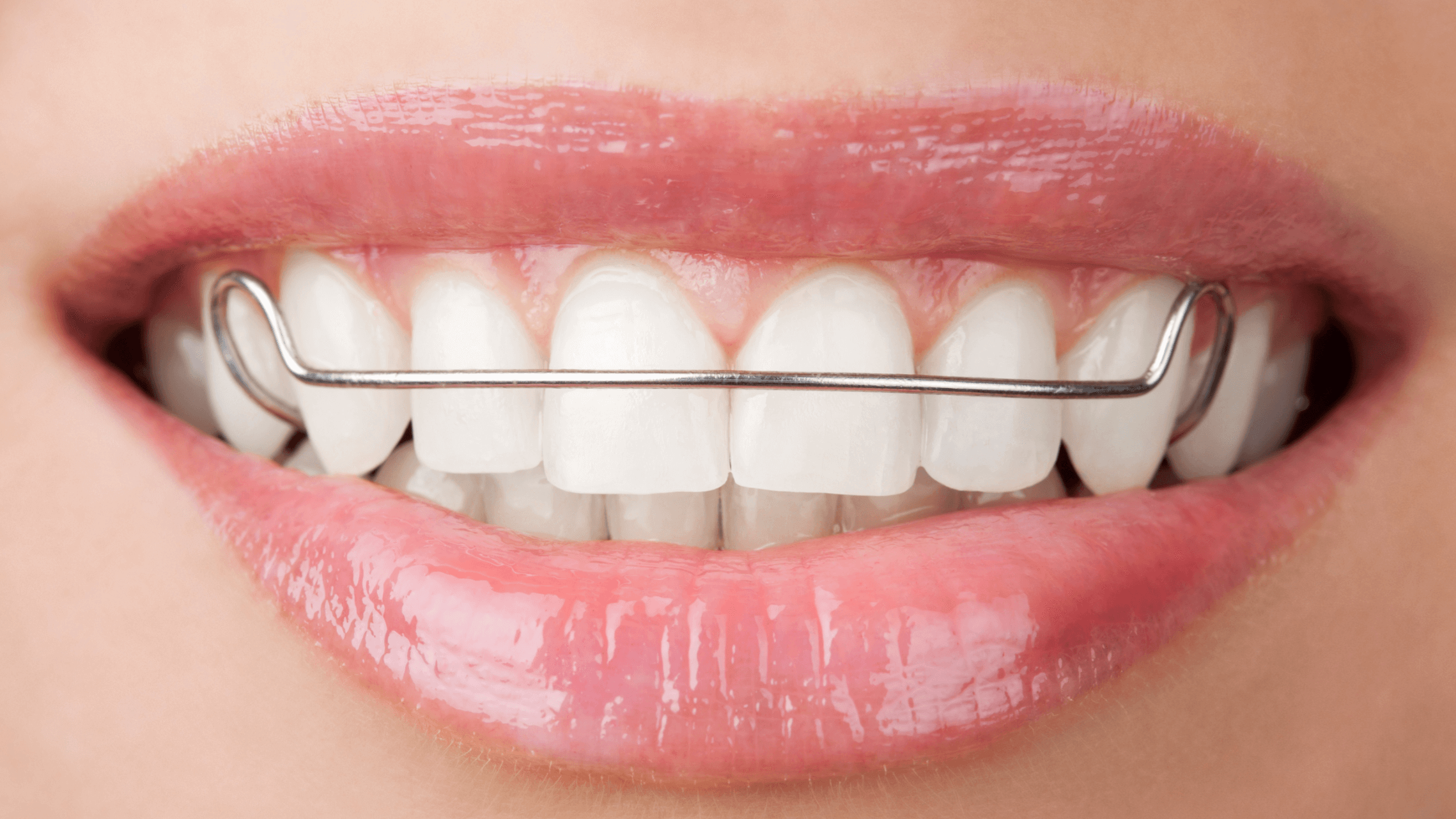The Expense of Invisalign: Understanding the Investment in Your Smile
The Expense of Invisalign: Understanding the Investment in Your Smile
Blog Article
Invisalign vs. Conventional Braces: Which Option Is Right for You?
When thinking about orthodontic treatment, the choice in between Invisalign and standard dental braces presents a number of essential elements that warrant mindful analysis. Invisalign supplies a discreet option with removable aligners, while typical dental braces supply an extra noticeable yet reliable solution for serious misalignment.
Summary of Treatment Alternatives

On the other hand, typical dental braces contain steel brackets and cords that are bonded to the teeth. This approach applies constant pressure with time to accomplish positioning. While effective for complex orthodontic issues, standard braces require normal gos to for changes and can present difficulties in keeping dental hygiene as a result of the trouble of cleaning up around braces and cords.
Both alternatives have their values, and the selection frequently hinges on details oral conditions, way of living choices, and client conformity. Ultimately, getting in touch with an orthodontic professional is essential for establishing the most suitable treatment plan tailored to private needs. Understanding the subtleties of each alternative can substantially affect the general success of orthodontic therapy.
Aesthetic Considerations
A substantial element affecting the choice between Invisalign and traditional dental braces is the visual appeal each therapy offers. Invisalign aligners are crafted from clear plastic, making them virtually unseen when used.
In contrast, typical braces are composed of steel brackets and cables, which can be more recognizable. While advancements in orthodontic innovation have led to the advancement of smaller sized brackets and tinted elastics, traditional dental braces still preserve a more noticeable account. For some individuals, the visibility of braces might prevent them from seeking needed treatment.
Inevitably, the selection between Invisalign and traditional dental braces may depend upon personal preferences relating to aesthetic appeals. Patients who prioritize discretion usually lean toward Invisalign, while those that are less concerned about visibility might choose typical braces. Understanding the visual implications of each option is essential for making an informed decision that lines up with one's lifestyle and choices.
Convenience and Convenience

In terms of benefit, Invisalign aligners are detachable, making it possible for patients to appreciate their preferred foods without restriction and keep optimum oral hygiene. Brushing and flossing are streamlined, as basics the aligners can be gotten during these routines, whereas standard braces call for mindful steering around cables and brackets.
Furthermore, Invisalign's modern system permits for fewer orthodontic visits. Patients normally receive numerous collections of aligners simultaneously, which can streamline the therapy process and minimize time spent in the orthodontist's chair. In comparison, standard braces necessitate normal adjustments, making them much less hassle-free for those with busy routines. Invisalign. Generally, the convenience and convenience of Invisalign make it an attractive option for numerous people looking for orthodontic treatment.
Treatment Duration and Performance
While both Invisalign and traditional dental braces work in dealing with dental imbalances, the duration of treatment can vary considerably between both choices. Generally, Invisalign therapy can take anywhere from 12 to 18 months, relying on the complexity of the Discover More instance. The clear aligners function by gradually moving teeth right into their wanted settings, and routine follow-ups with an orthodontist help make certain progress stays on course.
In comparison, standard dental braces commonly require a longer commitment, generally ranging from 18 months to three years. This is due to their set nature and using brackets and cables, which can be a lot more reliable for extreme misalignments and intricate situations (Invisalign). The therapy effectiveness of standard braces is well-documented, as they permit for specific changes and higher control over tooth motion
Inevitably, the selection between Invisalign and standard dental braces may rest on both the anticipated therapy period and the details oral problems available. Consulting with an orthodontist is important, as they can provide tailored suggestions based upon private needs, ensuring the selected technique lines up with preferred end results and timeframes.
Price Comparison and Insurance Options
Price plays a substantial role in the decision-making process for individuals taking into consideration orthodontic treatment, whether selecting Invisalign or traditional dental braces. On standard, the cost of Invisalign varieties from $3,000 to $8,000, while traditional braces normally set you back in between $2,000 and $6,000. Elements affecting these costs consist of the complexity of the situation, the period their explanation of treatment, and geographical location.
Insurance policy coverage can dramatically affect out-of-pocket costs. Many dental insurance strategies supply partial coverage for orthodontic treatments, yet the specifics can differ commonly. It is essential for individuals to examine their insurance plan to figure out the extent of coverage for either alternative. Generally, conventional braces might be a lot more regularly covered by insurance coverage strategies contrasted to Invisalign, which some insurance providers categorize as an aesthetic treatment.
Furthermore, numerous orthodontic techniques supply adaptable layaway plan, making both therapy options extra easily accessible. Patients should ask regarding prospective funding options and discounts for in advance settlements. Examining the complete cost, including insurance policy advantages and layaway plan, is necessary for making a notified decision that lines up with both aesthetic choices and budget plan factors to consider.
&srotate=0)
Verdict
In summary, the selection between Invisalign and conventional dental braces rests on several elements, including aesthetic choices, convenience, treatment period, and price. Invisalign supplies a discreet, detachable option that promotes oral health and nutritional adaptability, while traditional dental braces may be better for complex oral concerns and usually come with a reduced rate point. Inevitably, consultation with an orthodontist is necessary to examine specific situations and establish one of the most appropriate treatment alternative for attaining ideal oral positioning.
When considering orthodontic treatment, the choice in between Invisalign and traditional braces presents a number of important aspects that warrant cautious evaluation.Comparing Invisalign and typical dental braces reveals unique therapy options for orthodontic modification.While both Invisalign and standard dental braces are effective in fixing oral imbalances, the period of treatment can differ significantly between the two options.Price plays a substantial role in the decision-making procedure for people thinking about orthodontic therapy, whether opting for Invisalign or traditional dental braces.In summary, the option between Invisalign and standard braces pivots on several elements, consisting of aesthetic preferences, convenience, therapy duration, and price.
Report this page